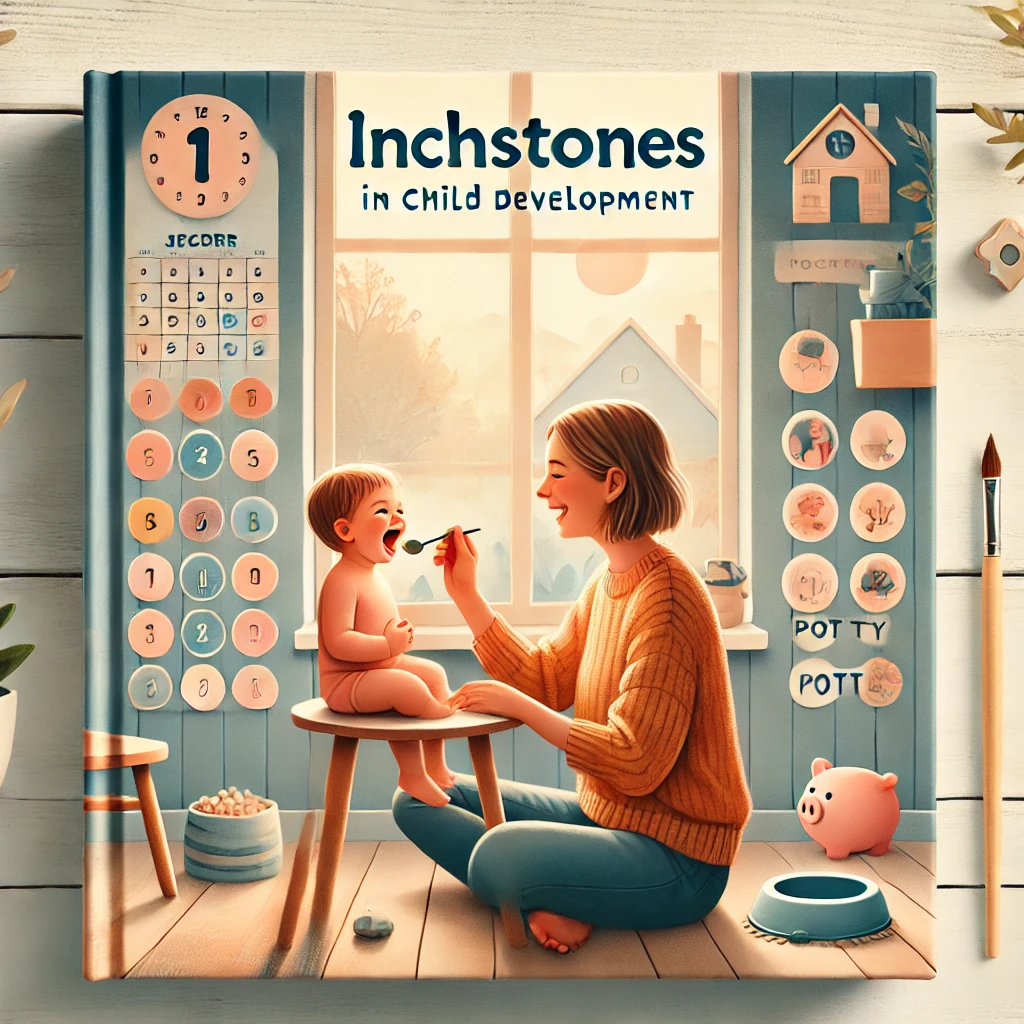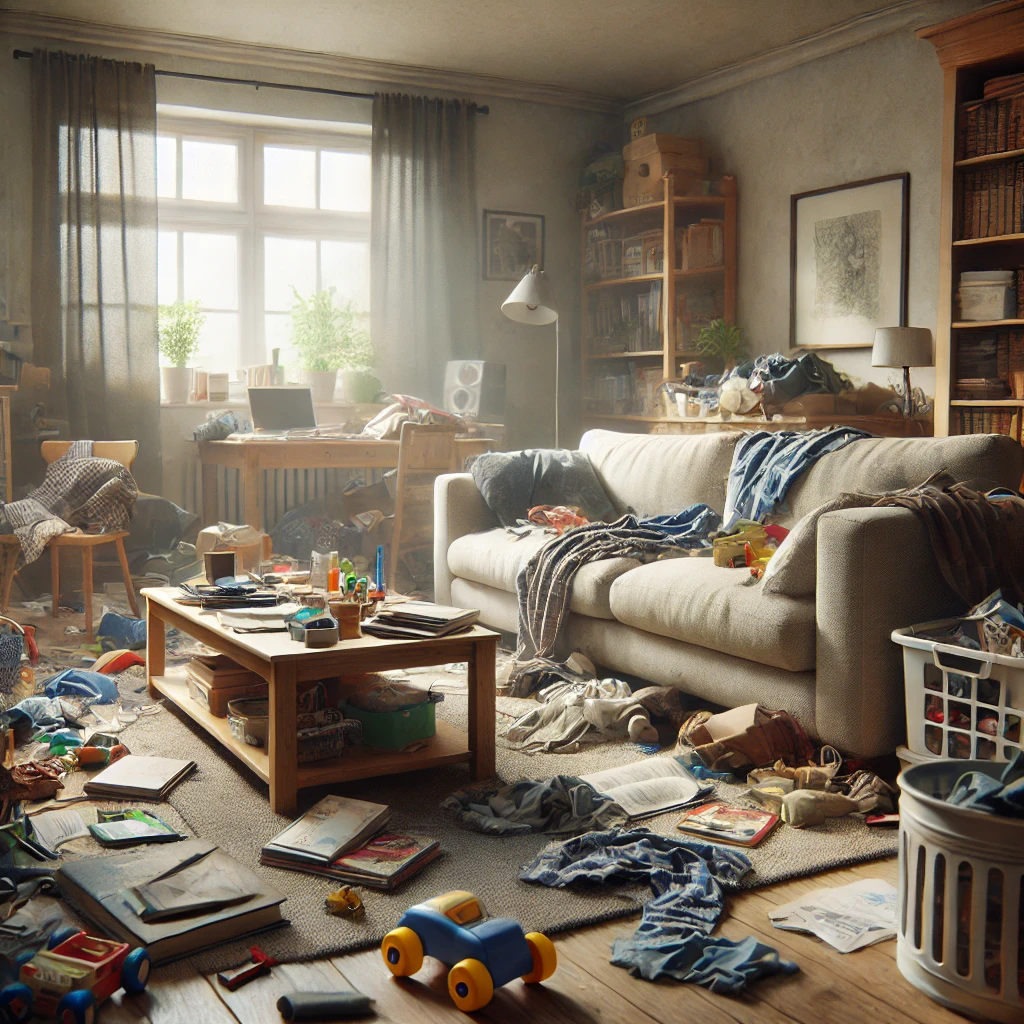
Decluttering can be challenging, but the task becomes even more daunting when it comes to sentimental items. These items often hold deep emotional value, reminding us of cherished memories, important milestones, or loved ones. However, holding on to too many sentimental items can contribute to clutter in our homes, leading to stress and disorganization. The key is to balance preserving memories and maintaining a tidy, functional living space. In this article, we’ll explore how to navigate the delicate process of decluttering sentimental items, offering practical guidance on what to keep, what to let go, and creative ways to repurpose or store these treasured belongings.
Understanding Sentimental Clutter
Sentimental clutter refers to items we hold onto because of their emotional significance. These can range from childhood toys and old letters to inherited furniture and souvenirs from travels. While these items may not have practical use in our daily lives, they are physical reminders of important people, places, and moments. However, holding onto too many sentimental items can lead to clutter blindness, where these objects blend into the background, making it harder to notice how cluttered our living spaces have become.
The challenge with sentimental clutter is that it often triggers strong emotions, making it difficult to part with. We might fear that letting go of these items means losing the memories associated with them. However, it’s important to remember that our memories are not confined to physical objects—they live within us. We can keep the memories by approaching sentimental decluttering thoughtfully while freeing up space in our homes.
How to Decide What to Keep
Deciding what to keep when decluttering sentimental items can be tough, but it’s essential to be selective. Here are some questions to ask yourself during the process:
- Does This Item Bring Me Joy?
- Take a moment to hold or look at the item. Does it bring a smile to your face or evoke positive feelings? If it brings you genuine happiness, it’s worth considering keeping.
- Is This Item Truly Significant to My Life?
- Consider the role the item has played in your life. Was it part of a milestone event, or does it represent a person who was very important to you? If the item holds deep significance, it might deserve a place in your home.
- Do I Have Multiple Items Representing the Same Memory?
- We often hold onto several items representing the same memory or person. In such cases, it’s helpful to choose the one or two most meaningful items and let go of the rest. This way, you still preserve the memory without holding onto excess clutter.
- Does This Item Serve a Purpose or Have a Place in My Home?
- Practicality matters when deciding what to keep. Ask yourself if the item has a functional use or can be displayed in a way that adds to your home’s decor. It may be worth keeping if it can be repurposed or used.
- Am I Keeping This Item Out of Guilt or Obligation?
- Sometimes, we hold onto items because we feel we “should” rather than because we want to. Recognizing when guilt or obligation is the only reason for keeping something is important. If an item no longer serves you or brings you joy, it’s okay to let it go.
How to Let Go of Sentimental Items
Letting go of sentimental items can be emotionally challenging, but it’s a necessary step toward creating a clutter-free home. Here are some strategies to help you through the process:
- Start Small
- Begin with less emotionally charged items, such as souvenirs or gifts that have lost their meaning over time. Gradually work your way up to more significant items. Starting small allows you to build confidence and momentum.
- Set a Limit
- Decide in advance how many sentimental items you’re willing to keep. This could be a specific number of items per category (e.g., childhood toys, family heirlooms) or a certain amount of space allocated for sentimental belongings. Setting limits helps you make more mindful decisions.
- Create a Memory Box
- Consider creating a memory box for items that hold special memories but don’t need to be displayed. This could be a decorative box or container where you store sentimental items in an organized way. A memory box lets you keep meaningful items without letting them take over your living space.
- Take Photos
- If you’re struggling to part with an item, consider taking a photo of it before letting it go. Photos can serve as a visual reminder of the item and the memories it represents without taking up physical space in your home. This is especially useful for larger items or those that are worn out or damaged.
- Donate or Gift to Others
- Sometimes, sentimental items can find a new life with someone else. Consider donating items to a charity where they can benefit others or gifting them to family members or friends who might appreciate them. Knowing that an item will bring joy to someone else can make it easier to let go.
- Repurpose Items
- Repurposing is a creative way to keep sentimental items while giving them a new function. For example, you could turn an old quilt into a pillow, use pieces of broken jewelry in an art project, or frame a beloved piece of fabric or artwork. Repurposing allows you to preserve the essence of an item in a way that fits your current lifestyle.
- Reflect on the Memories
- Take time to reflect on the memories associated with each item. Acknowledging the emotions and memories can help you process them and make it easier to part with the physical object. Remember that the memories will remain, even without the item.
Creative Ways to Preserve Memories
While letting go of physical items, preserving the memories they represent is still possible. Here are some creative ideas for keeping those memories alive:
- Create a Digital Memory Album
- Compile photos of your sentimental items into a digital album or scrapbook. You can add captions or notes to each photo, explaining the item’s significance and the associated memories. This allows you to revisit the memories whenever you want, without the physical clutter.
- Make a Memory Quilt
- If you have a collection of sentimental fabrics, such as old clothing, baby blankets, or other textiles, consider turning them into a memory quilt. A memory quilt can be a functional piece of art you use or display in your home, keeping the memories close while reducing clutter.
- Frame and Display Special Items
- Select a few particularly meaningful items and display them in your home. For example, you could frame an old letter, a piece of artwork, or a small item of clothing. Turning these items into decor allows you to enjoy the memories they represent daily.
- Create a Shadow Box
- A shadow box is a great way to display smaller sentimental items together in a visually appealing way. Arrange items like trinkets, photos, and small mementos in a shadow box, which can then be hung on a wall or placed on a shelf. This allows you to keep the items while creating a piece of art.
- Write a Memory Journal
- Another way to preserve memories is to write them down in a journal. You can describe the significance of each item, recount stories, and reflect on the emotions they evoke. This process helps you let go of physical clutter and ensures that the memories are recorded for future generations.
- Create a Legacy Box for Future Generations
- Consider creating a legacy box for your children or grandchildren, where you store a few select sentimental items representing your family’s history. This box can be passed down through generations, preserving important memories and heirlooms in a thoughtful, organized way.
Decluttering sentimental items is a deeply personal and often emotional process. It requires us to confront our past, decide what we value, and find ways to honor our memories without letting them overwhelm our living spaces. By being selective about what we keep, finding creative ways to repurpose or store items, and letting go of what no longer serves us, we can create a home that reflects our cherished memories while remaining functional and clutter-free.
Remember, the goal is not to erase the past but to ensure that your home is a space that supports your present and future. By thoughtfully managing sentimental clutter, you can preserve the memories that matter most while enjoying a more organized, peaceful living environment.









